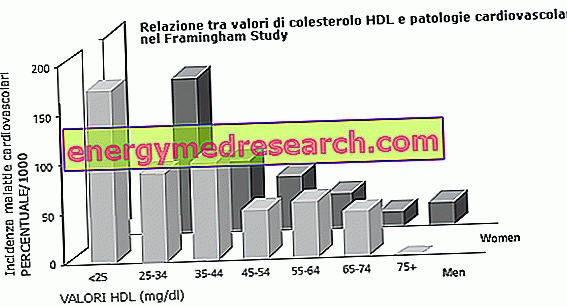Definition
Cryptococcosis is an infection caused by Cryptococcus neoformans yeast.
The distribution of the disease is ubiquitous. In most cases, cryptococcosis is contracted by inhalation of dust contaminated by the pathogen (in general, the yeast is present in the dung of chicken coops or in the dry feces of pigeons). Interhuman transmission never occurs.
Cryptococcosis mainly affects immunosuppressed patients. They present a high risk of developing this opportunistic infection, in particular, subjects suffering from AIDS, lymphomas or sarcoidosis and individuals undergoing long-term cortisone therapy.
Most common symptoms and signs *
- Cachexia
- Convulsions
- Depression
- Dyspnoea
- Chest pain
- Brain edema
- Temperature
- Hydrocephalus
- Headache
- meningism
- Meningitis
- Nausea
- Nodule
- Solitary pulmonary nodule
- Ophthalmoplegia
- papules
- Confusional state
- Cough
- Dizziness
- Blurred vision
- He retched
Further indications
In immunocompetent subjects, cryptococcosis tends to run asymptomatically and resolve spontaneously. In immunosuppressed patients, however, very severe symptoms appear that mimic those of pneumonia and meningitis. When the infection is disseminated, it can also affect the skin and cause kidney, prostate and bone damage. In forms with localization in the central nervous system, headache, dizziness, vomiting, mild fever and, rarely, meningism develop.
Other symptoms derive from cryptococcal meningitis and the consequent cerebral edema; these include blurred vision, convulsions, depression, mental confusion and ocular or facial paralysis. Cryptococcosis can sometimes lead to hydrocephalus and motor deficits.
In the case of lung involvement, inflammatory nodular infiltrates, coughing, chest pain and other non-specific respiratory symptoms may develop. The general spread to the whole organism, on the other hand, can manifest itself with lesions on the skin (nodules or papules), associated with a serious deterioration of the general conditions.
The diagnosis of cryptococcosis is clinical and confirmed by the isolation and identification under microscope of the yeast from cultures of cerebrospinal fluid, sputum, urine and blood. Other useful tests may be CT, MRI and biopsy of lung or skin lesions.
The therapy usually includes antifungal drugs (triazoles) and amphotericin B. In coin AIDS patients, imidazole derivatives such as fluconazole or itraconazole can also be used in combination.



